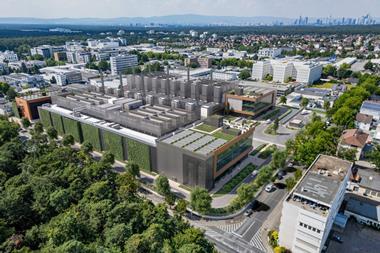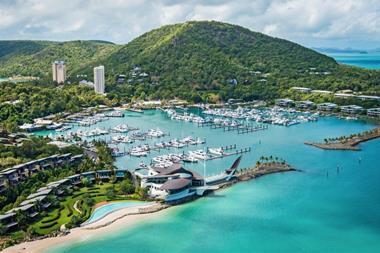Milan mayor Giuseppe Sala announced the imminent release of the details of Piano di Governo del Territorio (PGT), the plan for the next phase of the city’s urban development.
Sala, speaking at the IPE Real Estate Global Conference & Awards in Milan, said the plan will aim to “reinvent unused public spaces”.
He said: “Milano is undertaking a thorough transformation process, both through complex and ambitious projects as well as through specific smaller inventions on unused buildings.
“Only by working in both directions, we can reach the goal of developing a city that grows and develops both in the centre and suburban areas.”
The plan will pursue the administration’s strategy of “building social cohesion” by eliminating physical barriers between the centre and developing new green spaces.
“Creating new green areas for the city of Milan and building green infrastructure is pivotal to urban and social change,” Sala added.
The city is also developing its transportation network. The fifth metro line, currently under construction, will connect Linate airport with central Piazza San Babila in 14 minutes when completed in 2022.
An ambitious project of regeneration of Milan’s train stations is also underway, said the mayor, which will regenerate 1.5m sqm of urban space.
“The transformation of railway areas is an opportunity to implement a deep and effective urban strategy”, Sala said.
Other significant developments include the Milano Innovation District (MIND), located in the area that hosted Expo 2015. MIND will be a space dedicated to life sciences, housing 1,500 new researchers, seven research centres and four universities.
Among the notable soon-to-be tenants of the city’s central-district buildings are Apple and Starbucks. Both will open stores this year in Piazza San Babila and Piazza Cordusio, respectively – two of Milan’s most iconic locations.
“We are becoming an increasingly international city”, added Sala.
The mayor said the city has seen a 20% increase in population over the past 10 years and that in 2017 it attracted 8.5m visitors.
“It is sort of a miracle and a real demonstration of what Milan is becoming. This has also an impact on employment,” the mayor said.
A positive outlook for Milan reflects a generally strong economic environment for Italy. Fabrizio Pagani, head of the office of Italy’s finance ministry, told the conference that recent data showed strong growth in many areas of the country’s economy.
GDP growth for 2018 is forecast to be around 1.5%, in line with last year’s figure. Manufacturing, which has recovered impressively and exceeded the levels seen before the crisis, has softened slightly in the first quarter.
However, growth in the services sector and in consumption has propped up the economy in the first months of this year, according to Pagani.
He said: “Industrial production was very strong throughout 2017, recording the highest figures in history. This does not just apply to the north of the country; we see important signs of industrial production recovery in the south, particularly Naples and Puglia.
“Export has been extraordinary. Last year was another record year, with an all-time high of more than €500bn and a 7% rise from the previous year. We have a very important trade surplus and have become the seventh largest exporter in the world.
“We are only one of five countries that has a manufacturing trade surplus of over €100bn.”
The labour market, said the civil servant, has also performed strongly, with 1m jobs created over the past four years. Job creation was partly spurred by a labour reform approved by the outgoing centre-left government, known as the ‘Jobs Act’. However, noted Pagani, only one-third of the 1m jobs created are open-ended contracts.
“We have recorded the highest rate of employment ever, with a very important component of female participation. Women are going back to the labour market in a big way”, he said.
Unemployment, however, has not been falling dramatically. It stays around 11%, well above the EU average.
“The main driver of this growth is private business investment. Entrepreneurs and Italian manufacturing have come out of the crisis even more resilient”, said Pagani.
He noted that the outgoing government’s policies of cutting taxes and creating incentives for business investments have been successful.
In terms of attractiveness for foreign direct investments (FDI), Italy has improved significantly, climbing AT Kearney’s FDI Confidence Index. The country occupied the 10th place in the 2018 index, surging by three places.
Structural bottlenecks remain, said Pagani. “The state machine is too slow, and the next government should address this.”















